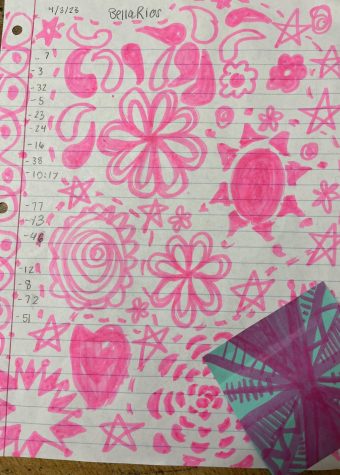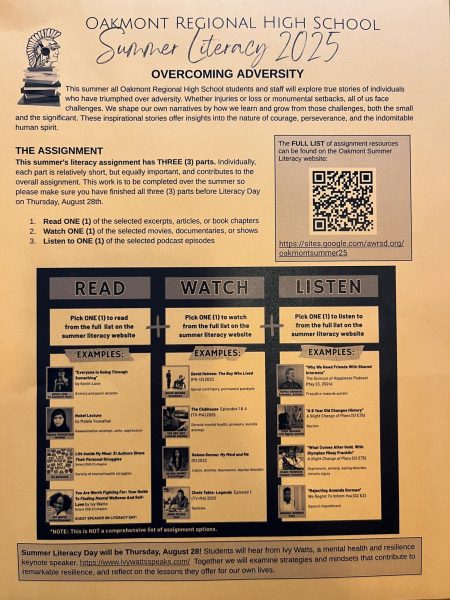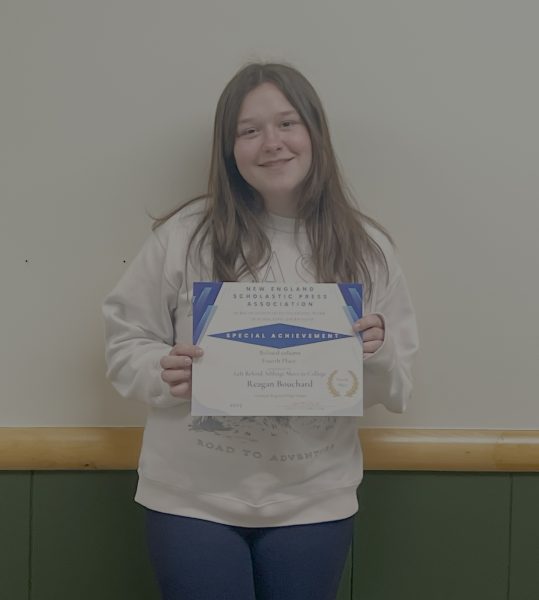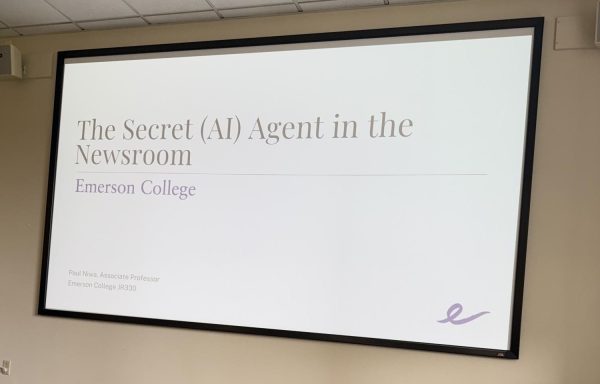Doodling, fidget toys, and music during class – really? Yeah . . . Really
Doodling, fidget toys, and music during class – really? Yeah . . . Really
By Ava Franciosi and Bella Rios
Have you ever been sitting in class and found your hand unconsciously doodling all over your paper? Or fidgeting with a pen while listening to a lecture? Or can´t get a song stuck out of your head while trying to do your work?
These are all really common experiences amongst students of all ages. At school, kids can have a really hard time focusing on schoolwork without occupying themselves with other activities as well. Some teachers believe that doing these things in class is a distraction and disrespectful to the speaker. However, research from The International Journal of Art & Design Education states keeping your hand moving or listening to music in class activates both hemispheres of the brain, which improves memory and concentration, as well as other benefits.
According to research at Meredith College, doodling and visual notes while learning can increase focus, enhance learning, and improve memory. Although your teacher may get mad at you for vandalizing your classwork, studies show that doodling can improve your intellectual performance by firing up your prefrontal cortex.
Oakmont teacher, Mrs. Stefanakos, expressed her empathy for doodling students and said she also finds herself doodling on papers during staff meetings when she is scatterbrained. Another benefit to doodling is stress relief. In fact, many adults and children use doodling as a form of therapy.
Zen doodling is a form of creative therapy that includes drawing repetitive designs or patterns to help create a state of mind where you are deliberately focused. Anxiety experts from the Anxiety Resource Center say that zen doodling inspires creativity, relieves stress, and improves hand-eye coordination.

Another coping mechanism for students during times of stress and anxiety is fidgeting. Some examples of different fidget toys are fidget cubes, fidget spinners, slime, putty, stress balls, and something as simple as clicking an AirPods case open and closed.
Amore Fannon is an avid fidget toy user at Oakmont. She shared, “Fidget toys give me an instant sense of relief and also help calm my nerves.“
Senior distraction master Haley Rutheford shared some of her classroom strategies, ¨I use fidgets because class gets so boring. My attention span is usually at 0% but fidgets bring it up to a steady 15%.”
I think she speaks for most high school students, we´ve all been there in class.
Listening to music while working on schoolwork can also be beneficial. Music therapy while in an educational environment can create a more focused, relaxed mental state for the students. This helps enhance students’ academic performance and improve creative thinking.
A lot of students struggle with motivation to do schoolwork, but listening to your favorite song while doing your least favorite class work can make the process more enjoyable. In the article Doodling Effects on Junior High School Students, Maryam Tadayon and Reza Afhami state, ¨It is noted that drawing and music are the most important comprehensive activities that involve both hemispheres of the brain to be engaged, increasing focus.¨
Oakmont student Addi Roy says listening to music while writing or doing school work helps her because it cancels out background noise. This is so true for so many students.
So, next time you can´t focus in class, use some of these strategies to get your mind back on track.

Ava Franciosi is a part of the class of 2024 at Oakmont Regional High School. This is her second year being part of The Oakmonitor. She was a part of Oakmonts...






